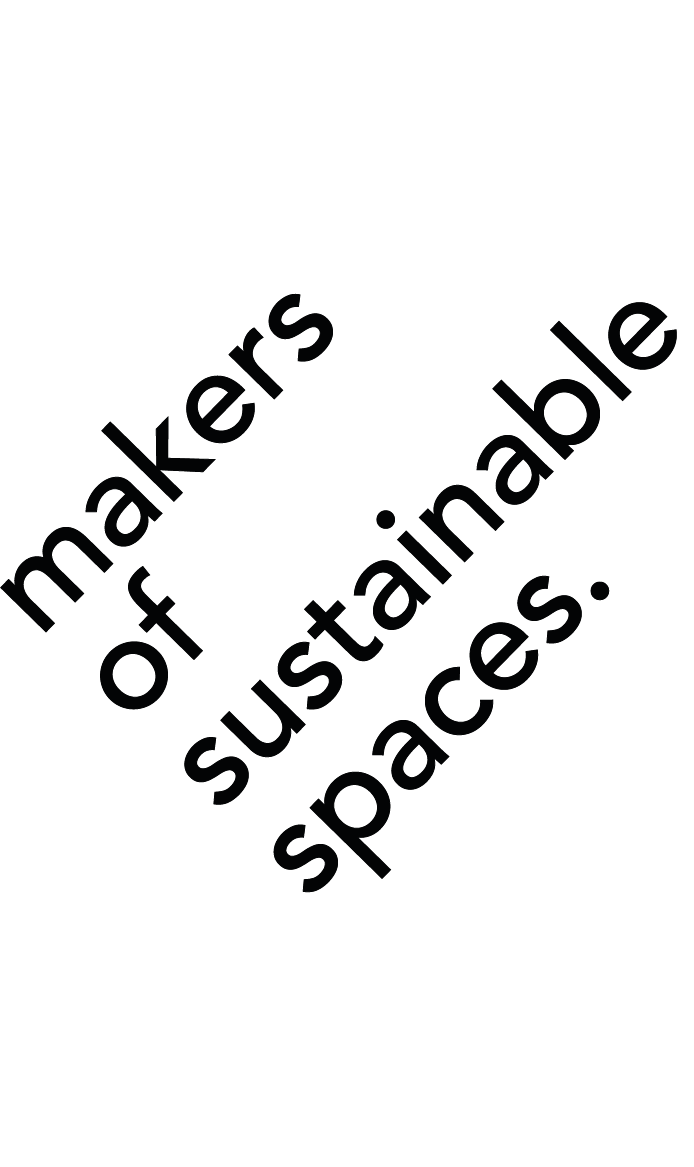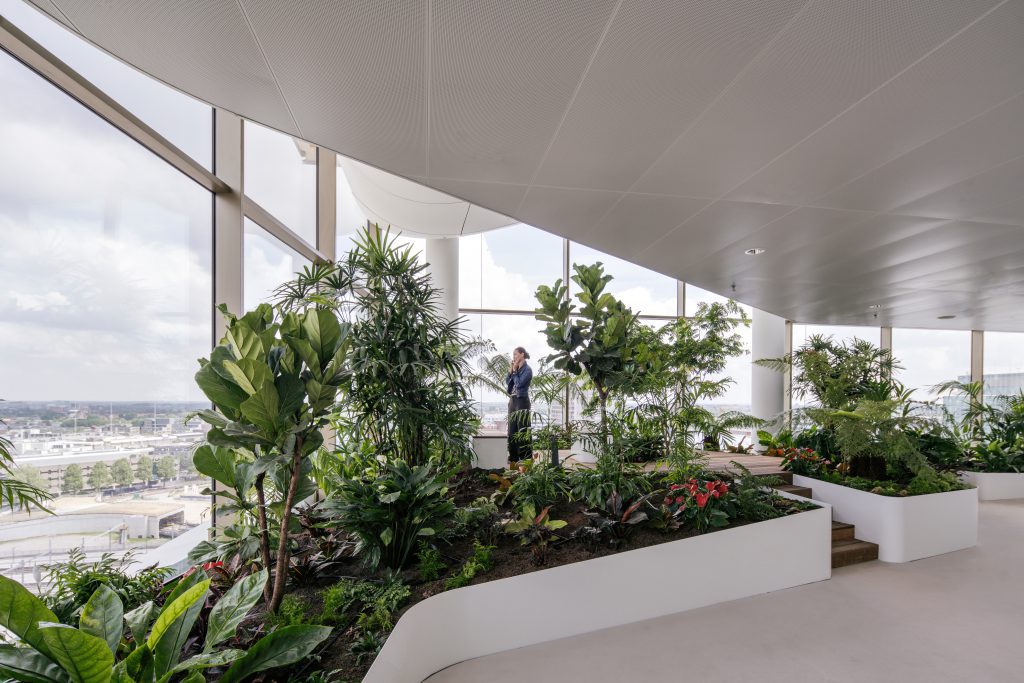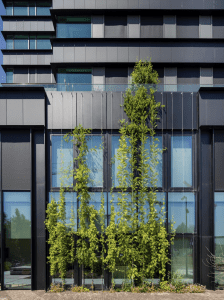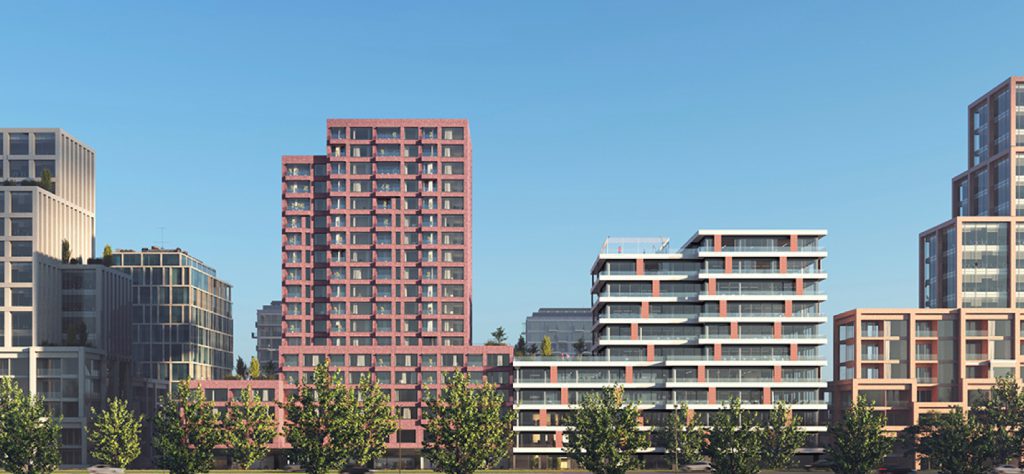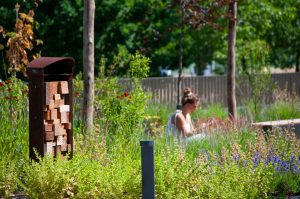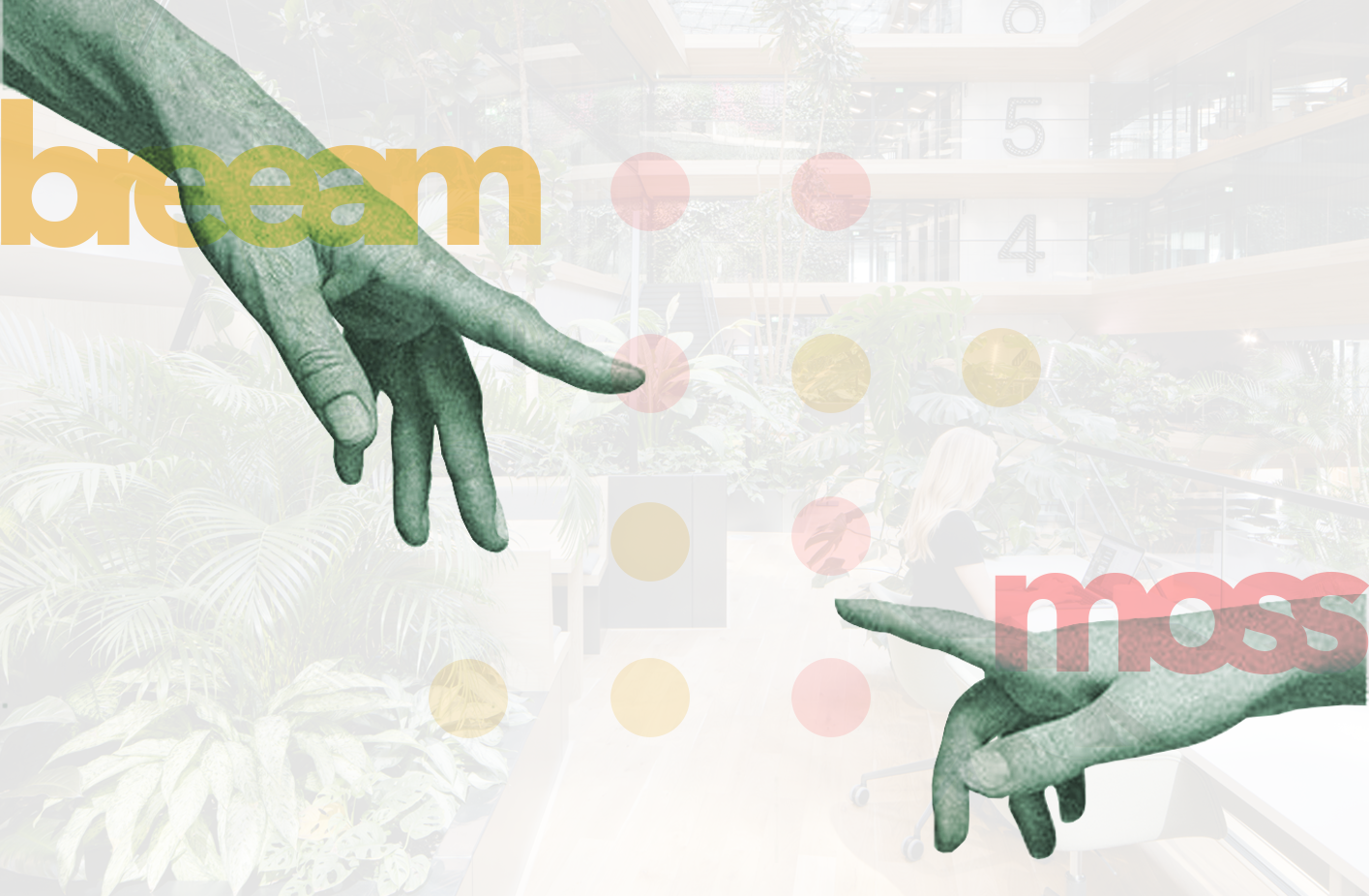

07 Jun Integrating Green: Aligning with BREEAM for Sustainable Spaces
Author: Balayukesh Perumal
Keywords: Green building design, Sustainable urban spaces, BREEAM certification, Biophilic design, Indoor air quality, Renewable energy solutions, Urban green spaces, Health benefits of greenery, Sustainable architecture, Environmental impact
Discover how MOSS integrates with BREEAM certification standards to create sustainable, health-promoting urban spaces. Learn about the benefits of biophilic design, renewable energy solutions, and the importance of incorporating nature into our built environments!
Introduction
In today’s world, access to nature shouldn’t just be a luxury—it should be recognized as a fundamental human right. The profound impacts of green spaces on our daily lives are well-documented through extensive research. From improving mental health to fostering a deeper connection with the environment, nature plays a crucial role in our well-being. Recognizing this importance, numerous certifications and laws have emerged in the construction and building fields. These frameworks set stringent standards and criteria for designing and constructing environments that are not only environmentally friendly but also prioritize human health and inclusivity of nature.
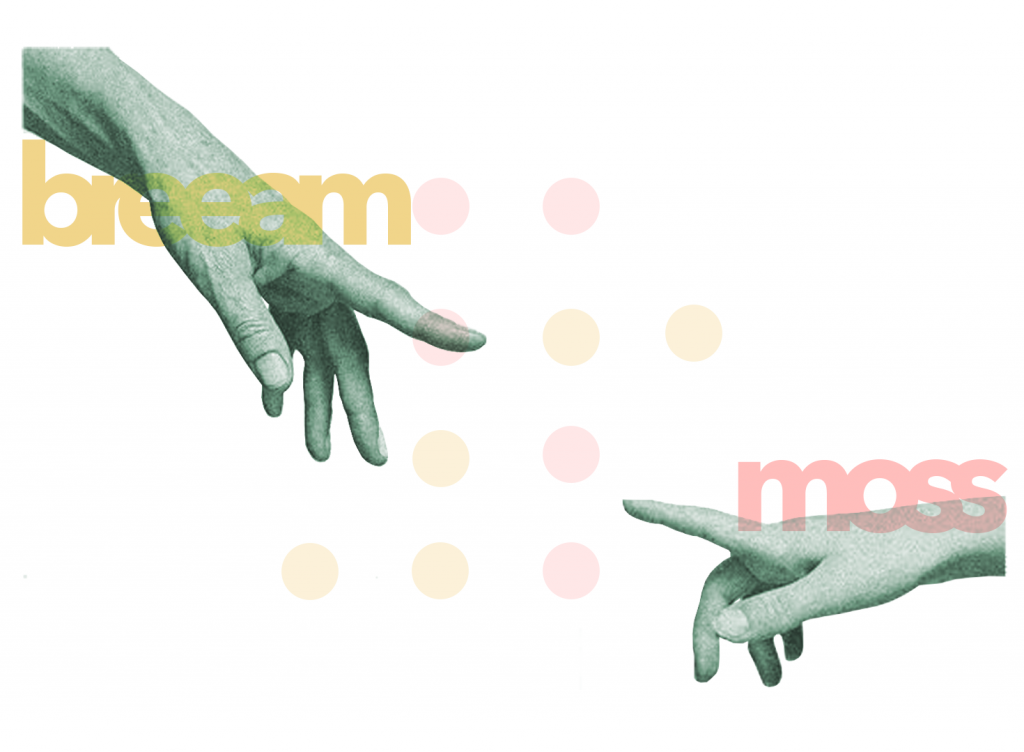

Among these certifications stands BREEAM—the Building Research Establishment Environmental Assessment Method. In this blog post, we’ll explore how MOSS’s work seamlessly intersects with the topics covered by BREEAM certification, showcasing our ability to skillfully navigate and fulfill the criteria set forth by the BREEAM standards. We’ll delve into how our practices align with BREEAM’s principles, demonstrating our commitment to creating environments that not only meet rigorous sustainability standards but also prioritize human well-being and the preservation of nature.
What is BREEAM?
BREEAM–the Building Research Establishment’s Environmental Assessment Method–is the globally recognized standard for evaluating building sustainability. It sets the benchmark for sustainable design, aiming to foster the realization of buildings with minimal environmental impact and provide a credible quality mark for sustainability. BREEAM also stimulates demand for sustainable buildings, encourages best practices, establishes standards exceeding legal requirements, and raises awareness about the benefits of environmentally conscious buildings.
To attain a BREEAM-NL certificate, an independent assessment is conducted, evaluating nine distinct subcategories, each assigned its own rating factor:
- Management (12%)
- Health (15%)
- Energy (19%)
- Transport (8%)
- Water (6%)
- Materials (12.5%)
- Waste (7.5%)
- Land Use & Ecology (10%)
- Pollution (10%)
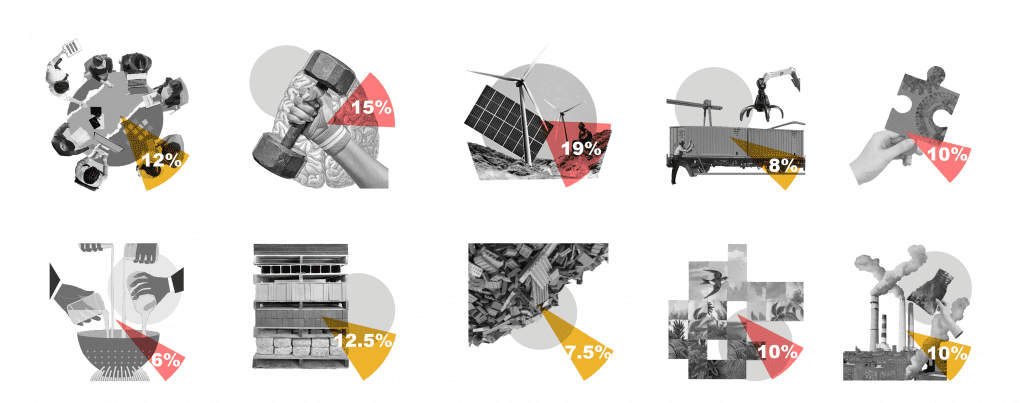

Additionally, up to 10 innovation points (10%) can augment the final score. The cumulative assessment yields a rating from 1 to 5 stars, reflecting the sustainable performance of the building. At MOSS, our work intersects seamlessly with the principles of BREEAM certification, particularly in areas such as Health, Energy, Water, and Land Use & Ecology, which this article will explore in-depth.
How does MOSS meet BREEAM’S health standard?
At MOSS, our commitment to sustainability and well-being is evident through our dedication to biophilic design principles. Our research, conducted in the MOSS Lab, delves into the health benefits of integrating plants into indoor environments with findings aligning perfectly with broader studies, confirming that indoor greenery can significantly enhance air quality, reduce stress, and support cognitive wellness.
By acting as natural air purifiers, plants are effective in removing toxins and improving indoor air quality, which is essential for maintaining a healthy and productive work environment. Furthermore, the presence of greenery has been shown to lower stress levels, creating a more relaxed and enjoyable atmosphere for building occupants. Finally, MOSS Lab have proven that exposure to plants and natural elements supports cognitive functions, improving focus, creativity, and overall mental well-being. Follow the link below to read more about this study:
The findings of MOSS Lab act as cornerstones for our design concepts. For example, MOSS integrates lush indoor landscapes into our designs, ensuring that nature is a central element of the work environment. When it comes to rooftop gardens, we are sure to provide not only aesthetic value but also spaces for relaxation and rejuvenation, contributing to the overall well-being of building occupants. We also like to incorporate greenhouses and urban farming sites whenever possible. These elements not only promote sustainability but also offer therapeutic benefits, creating a connection to nature even in urban settings.
MOSS’s commitment to sustainability extends to innovative energy solutions, aligning with BREEAM certification principles. We actively participate in projects that incorporate renewable energy sources, seamlessly integrating solar panels and windmills with our green designs to create harmonious and efficient environments. For example, we have collaborated on many projects where renewable energy is a key component. By integrating solar panels, we ensure that our designs not only reduce reliance on fossil fuels but also contribute to a significant reduction in carbon emissions. Our approach to renewable energy is holistic, ensuring that these elements are not just functional but also aesthetically pleasing, blending seamlessly with the surrounding green spaces.
Energy Efficiency and BREEAM Certification: By incorporating renewable energy solutions into our designs, MOSS not only enhances the sustainability of our projects but also aligns with the rigorous standards of BREEAM certification. Our holistic approach ensures that every aspect of energy use is considered, from generation to consumption, making our environments not only green but also energetically efficient. This dedication to renewable energy reinforces our commitment to creating sustainable spaces that inspire and nurture life.
Solar Panels Integration: In some of our projects, we have installed solar panels on rooftops, facades, and even within landscaped areas. These installations provide clean, renewable energy, reducing the overall carbon footprint of the buildings by deploying them across various surfaces to maximize energy capture and efficiency. The solar panels are strategically placed to maximize energy capture while maintaining the visual integrity of the design. This integration supports energy efficiency, a core aspect of BREEAM certification, by ensuring that buildings can generate a portion of their energy needs on-site. One such project Max&Moore, where the solar panel was designed in the facade by the architects and complemented by green designs from MOSS complementing it. Max & Moore’s green design features renewable energy solutions like temperature-regulating green terraces and biodiverse green roofs that reduce energy consumption and promote sustainability.
How does MOSS meet BREEAM’S Water standards?
At MOSS, we prioritize sustainable water management in our projects, aligning with BREEAM certification principles. To realize this commitment, MOSS incorporates systems that collect, store, and repurpose rainwater and runoff through the use of water retention boards under pathways and green planters. Our designs include automated systems that control water levels in retention crates, adjusting according to weather forecasts. This ensures efficient water use and prevents overflow.
In The Bridge project, we integrated water retention systems across multiple terrace levels, optimizing water management and contributing to sustainability. A rainwater collector is incorporated into this design, which captures and stores rainwater for reuse,as well as an automated control system which adjusts water levels based on weather forecasts. We have integrated these features into the design to ensure seamless water retention within pathways and planters. These strategies help MOSS projects meet and exceed BREEAM standards for sustainable water use, demonstrating our commitment to creating resilient, eco-friendly environments.
How does MOSS meet BREEAM’S Land Use & Ecology standard?
At MOSS, we emphasize the importance of ecology in our projects, particularly in dense urban spaces. We prioritize using native plants to integrate local fauna into our designs, ensuring that our projects support and enhance urban biodiversity.
Ecological Integration: In our projects, we always choose native plants to promote local wildlife. By integrating design elements such as insect hotels, bird nesting zones, and specific plants that attract and support native species, we create environments where local fauna can thrive. Key Contributions like native plants (prioritizing native flora to support local ecosystems), insect hotels (providing habitats for beneficial insects), bird nesting zones (creating safe spaces for bird populations) and biodiversity enhancement (using plants that encourage native species to thrive) efforts ensure that MOSS projects not only beautify urban spaces but also contribute to the ecological health of the area, aligning with BREEAM principles for sustainable land use and ecology.
In the AM Office project, MOSS has incorporated numerous biodiversity elements, successfully attracting bees and other local species. These efforts not only support local wildlife but also encourage pollination for flowering plants, enhancing the ecological value of the area.
Conclusion:
Integrating green spaces into urban environments is crucial for both sustainability and human well-being. MOSS’s alignment with BREEAM certification underscores our dedication to green building design and sustainable urban spaces. Through biophilic design and renewable energy solutions, we enhance indoor air quality, reduce stress, and promote cognitive well-being.. By incorporating nature into our projects, we support biodiversity and create environments that are not only beautiful but also environmentally responsible. At MOSS, we are committed to sustainable architecture that benefits both people and the planet.
Discover how MOSS can transform your urban spaces by visiting our website or contacting us by email info@moss.amsterdam. Let’s work together to create sustainable environments that inspire and nurture life!
